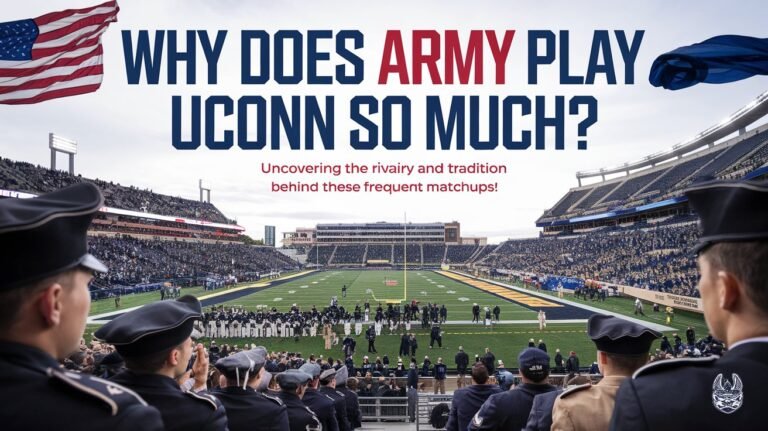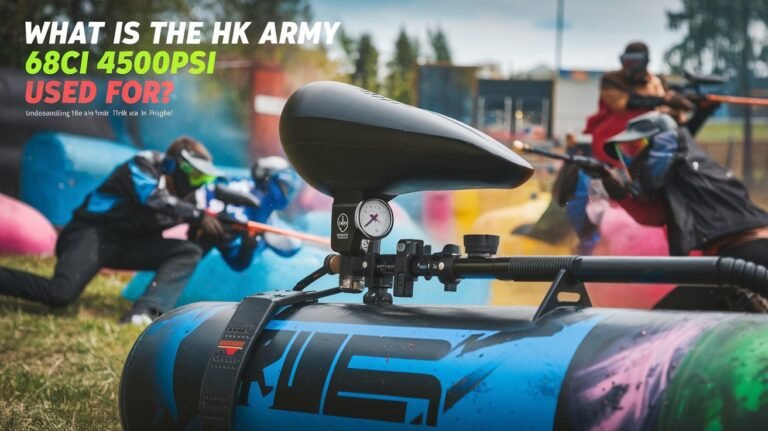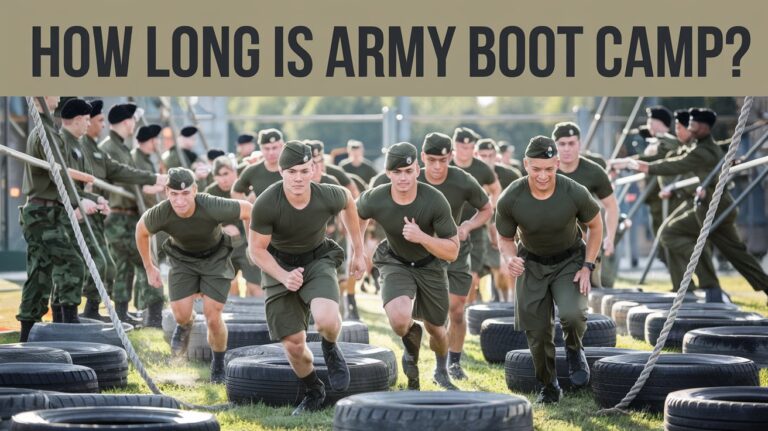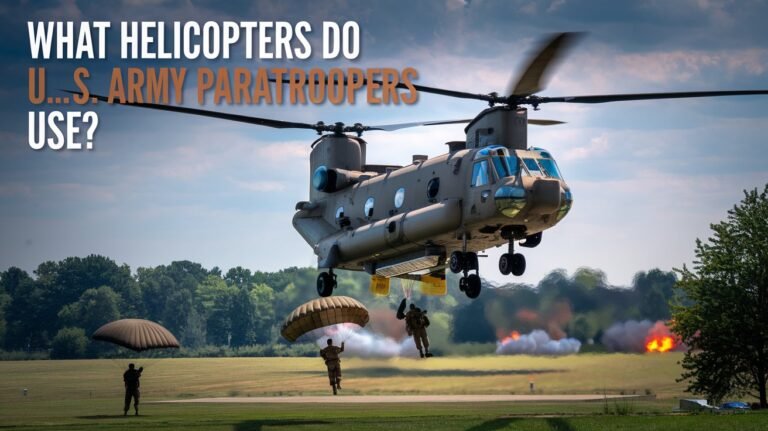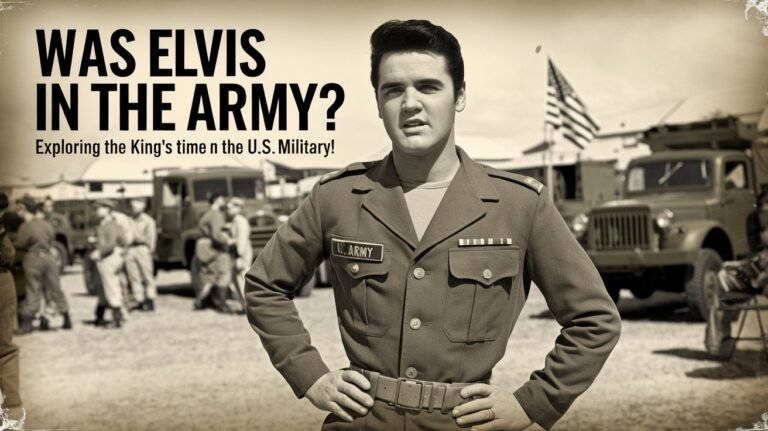What Happen to Officer Gun Drawn on Army?
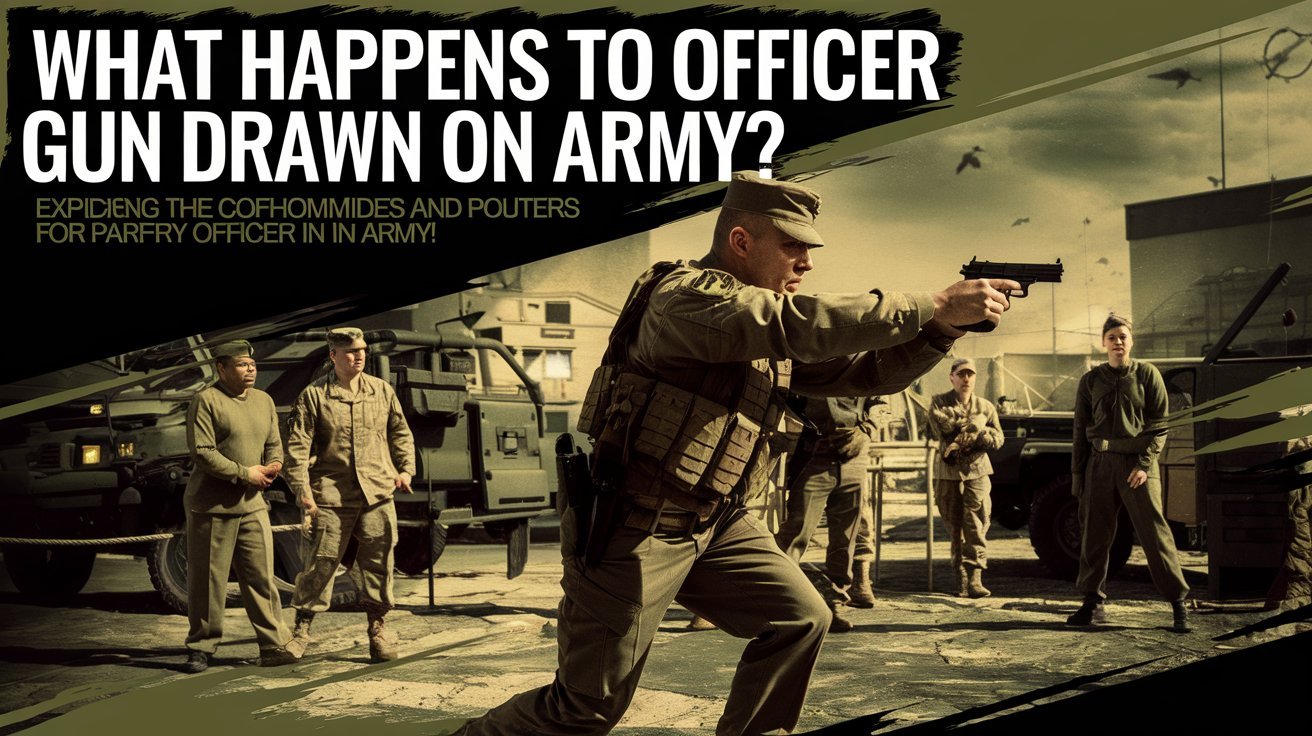
A federal jury in Virginia made a decision that has caught everyone’s attention. They found mostly in favor of two police officers in a lawsuit by U.S. Army Lieutenant Caron Nazario. This happened after a 2020 traffic stop that went viral, showing how Black drivers are treated by police.
The jury gave Nazario $3,685 in damages against Officers Joe Gutierrez and Daniel Crocker. This verdict has brought up big questions about police actions and the relationship between the military and police.
So, what caused this confrontation? And how did it all play out? Let’s get into the details and find out the whole story. This case has raised important issues about police brutality, misconduct, and the military-police tensions.
Traffic Stop Incident Between Army Officer and Virginia Police
On December 5, 2020, Army Lieutenant Caron Nazario, who is Black and Latino, was pulled over by Windsor, Virginia police officers Daniel Crocker and Joe Gutierrez at a gas station. This incident showed the big problem of police being too military-like and not being held accountable. It also showed how important it is for police to use calm tactics when dealing with people.
Initial Confrontation at Gas Station
The situation started when officers Crocker and Gutierrez pointed their guns at Lt. Nazario, who was in uniform, and told him to get out of his SUV. Nazario, with his hands up, was scared and didn’t want to get out, worried for his safety.
Officers’ Commands and Threats
Body camera footage shows Officer Gutierrez threatening Nazario, saying he was “fixing to ride the lightning” – a clear threat of deadly force. Nazario kept calm, explaining his fears and wanting to follow their orders safely.
Use of Pepper Spray and Force
Even though Nazario was cooperative, Officer Gutierrez pepper-sprayed him through the window. After Nazario got out, the officers told him to lie down. Gutierrez then used his knees to hit Nazario’s legs.
The whole event left Lt. Nazario in handcuffs, struggling to see after being pepper-sprayed. It showed the big problems of police being too military, not being held accountable, and the need for better training to avoid such scary situations.
| Statistic | Value |
|---|---|
| Compensatory Damages Awarded to Nazario | $2,685 |
| Punitive Damages Awarded to Nazario | $1,000 |
| Federal Judge’s Ruling on Illegal Search | Ruled in favor of Nazario |
| Officers Found Liable For | Assault |
| Officer Gutierrez’s Employment Status | Fired in April 2021 |
| Officer Crocker’s Employment Status | Remained on Police Force |
The $1 million lawsuit filed by Lt. Caron Nazario against the officers is still going on, with the judge saying it will go to trial. This case has made people talk more about police being too military, needing more accountability, and the importance of using calm tactics when dealing with citizens.
Details of the $1 Million Lawsuit Filed by Lt. Caron Nazario
In 2021, Lt. Caron Nazario, a Black and Latino Army officer, filed a $1 million lawsuit. He accused Police Officers Daniel Crocker and Joe Gutierrez of assault, battery, and false imprisonment. The incident happened during a traffic stop in Windsor, Virginia.
Nazario said he developed anxiety, depression, and PTSD due to the officers’ actions. He claimed their use of police brutality and excessive force caused his mental health issues.
A psychologist confirmed Nazario has race-based trauma from law enforcement misconduct. The traffic stop was caught on video and became viral. It showed the officers pointing guns and using pepper spray on him.
| Key Lawsuit Details | Outcome |
|---|---|
| Lawsuit Amount | $1 million |
| Lawsuit Filed | 2021 |
| Alleged Violations | Assault, battery, false imprisonment, illegal search |
| Psychological Impact | Anxiety, depression, PTSD |
| Race-Based Trauma | Confirmed by psychologist |
The lawsuit is set to go to trial in Richmond, Virginia. This case has brought a lot of attention. It has sparked talks about police brutality, excessive force, and law enforcement misconduct in the U.S.
What Happen to Officer Gun Drawn on Army During Traffic Stop
The 2020 traffic stop between U.S. Army lieutenant Caron Nazario and Virginia police has caused a lot of anger. It has made people question police training, community relations, and army-police tensions. The body camera footage showed a scary series of events. This led to a $1 million lawsuit and big legal and personal problems for the officers.
Body Camera Footage Evidence
The bodycam footage showed a bad situation. It was recorded by cameras on the officers and Nazario’s phone. The officers pointed guns at Nazario, who was in uniform. They kept telling him to get out of his car.
Nazario was scared and kept asking why he was stopped. He said he was afraid to leave his car.
Verbal Exchange Between Officers and Nazario
The officers said they stopped Nazario for not having a rear license plate. But, a temporary plate was in the rear window of his SUV. Things got worse when Nazario didn’t get out of his car right away.
The officers then used pepper spray and physical force.
“I’m serving this country, and this is how I’m treated?” Nazario said during the confrontation.
The incident has made people think about police training and community relations. It’s also brought up army-police tensions. The case shows the hard work needed to protect civil rights and make police reform real.
Legal Charges Against Officers Gutierrez and Crocker
The infamous traffic stop involving Lt. Caron Nazario and Virginia police officers Joe Gutierrez and Daniel Crocker has led to legal charges. Both officers face charges like assault, battery, and illegal search. These charges come from their actions during the stop.
A federal judge ruled that Officer Crocker illegally searched Nazario’s SUV. This was a clear violation of Nazario’s constitutional rights. Yet, the officers claim they were just doing their job after Nazario didn’t pull over right away.
| Statistic | Value |
|---|---|
| Percentage of judgment affirmed by the United States Court of Appeals for the Fourth Circuit | Majority affirmed, reversed in part, and remanded |
| Number of defendants in the case | 2 (Joe Gutierrez and Daniel Crocker) |
| Specific claims made by Caron Nazario | Mistreatment during a traffic stop, error in awarding qualified immunity, improper jury instructions |
| Outcome of the appeal | Affirmed most of the judgment, reversed award of qualified immunity to defendant Gutierrez |
| Officer Gutierrez found to have | Probable cause for a traffic infraction and a misdemeanor obstruction of justice |
| Officer Gutierrez not found to have | Probable cause for the misdemeanor offenses of “eluding” or “failure to obey a conservator of the peace” |
| Ruling on Officer Gutierrez’s death threats against Nazario | A clear violation of the Fourth Amendment |
| Officer Crocker’s actions during the traffic stop | Conducted a “felony” or “high-risk” traffic stop without witnessing a felony offense |
| Time elapsed from the initiation of the traffic stop to Nazario parking at the BP station | Approximately 1 minute and 40 seconds |
| Handgun usage during the traffic stop | Crocker and Gutierrez raised their service weapons and pointed them at Nazario |
The legal fight between Lt. Caron Nazario and officers Joe Gutierrez and Daniel Crocker is ongoing. Nazario is seeking $1 million in federal court for the mistreatment he faced. This case has brought up important issues of police accountability, law enforcement misconduct, and the need for reforms to prevent excessive force by some officers.
Jury Verdict and Monetary Damages Awarded
Army Lt. Caron Nazario sued former police officers Joseph Gutierrez and Daniel Crocker. The jury gave him $3,685 in damages. This was less than the $1 million he asked for due to police brutality in 2020.
Compensation Breakdown
The jury said Gutierrez was liable for assault, giving Nazario $2,685. Crocker was found liable for an illegal search, leading to $1,000 in punitive damages. Both sides thought the verdict was fair, considering the current issues with police brutality and law enforcement misconduct.
Punitive Damages Assessment
The jury did not find the officers guilty of false imprisonment. But they did find Crocker liable for an illegal search. This shows the jury’s push for police accountability.
The defense said drivers should follow the law and cooperate with police. But, the case is not over yet. Both sides are likely to appeal.
Officer Gutierrez’s Termination and Aftermath
After the incident with Lt. Caron Nazario, the Windsor Police Department acted quickly. Officer Joe Gutierrez was fired in April 2021. This was the same month Nazario sued the town for $1 million.
The decision to fire Gutierrez came after an internal investigation. This was also due to public outrage after the body camera footage was released. Many people called for change and accountability in the police department.
Officer Crocker, Gutierrez’s partner, is still working. This has raised questions about fairness in the department’s actions. The community wants a fair review of the police’s rules and actions.
The incident has made people look closer at the Windsor Police Department’s ways. The Isle of Wight NAACP started their own investigation. Virginia’s Governor, Ralph Northam, also asked the state police to look into it.
Officer Gutierrez’s firing is a start towards making things right. But many see it as just the first step. They want to see more done to improve police accountability, law enforcement misconduct, and community relations.
Psychological Impact on Lt. Nazario
The encounter between Lt. Caron Nazario and Virginia police officers deeply affected him. Nazario now struggles with anxiety, depression, and PTSD. A detailed psychological evaluation showed that his race-based trauma from the encounter is severe.
PTSD and Anxiety Development
The body camera footage and the officers’ aggressive actions have left Nazario shaken. The threats, pepper spray, and drawn weapons triggered his PTSD and anxiety. He continues to deal with the trauma of that day.
Race-Based Trauma Assessment
The psychological assessment found that Nazario suffers from race-based trauma. This trauma is common in minority communities who face violence and discrimination from law enforcement. It leads to increased anxiety, depression, and mistrust of authority. Nazario’s case shows how police brutality affects communities of color.
| Symptom | Impact on Nazario |
|---|---|
| Anxiety | Heightened sense of fear and hypervigilance, making it difficult for Nazario to feel safe in his own community |
| Depression | Persistent feelings of sadness, hopelessness, and a lack of motivation, affecting Nazario’s overall well-being and quality of life |
| PTSD | Intrusive thoughts, flashbacks, and nightmares related to the traumatic encounter, disrupting Nazario’s daily functioning and sense of security |
“The incident with the Windsor police has had a profound and lasting impact on my mental health. I continue to struggle with the trauma of that encounter, and it has deeply affected my sense of safety and trust in law enforcement.”
Lt. Nazario’s story highlights the need for police reform and understanding the psychological effects of brutality. The trauma from such encounters is long-lasting. It’s crucial to address the mental health needs of victims for a fair and just policing system.
Legal Precedents and Constitutional Rights Discussion
The case of Lieutenant Caron Nazario and the Virginia police has sparked important discussions. It raises questions about police accountability and the rights of citizens. The incident shows the struggle to balance police actions and protect civil liberties.
Initially, U.S. District Judge Roderick C. Young limited Nazario’s lawsuit. He protected the officers from some federal claims but allowed state law claims to go to the jury. This shows the complex legal issues in such cases.
The case highlights the need for clear data on police actions. A U.S. Commission on Civil Rights report points out the lack of national data. This lack makes people think police actions are often unchecked, harmful, and unfair, hitting hard on communities of color and those with disabilities.
- The report stresses the need for fair policing and evidence-based practices to reduce force.
- It also talks about the importance of external oversight and strong enforcement of constitutional standards by the Department of Justice.
The Nazario case continues to highlight the need for police accountability and protecting rights. It’s a key part of the national conversation on police reform and the justice system’s role in fixing systemic issues.
| Case | Key Points | Outcome |
|---|---|---|
| NEW YORK STATE RIFLE & PISTOL ASSOCIATION, INC., ET AL. v. BRUEN, SUPERINTENDENT OF NEW YORK STATE POLICE, ET AL. | The case focuses on the rules for getting a license to carry a concealed gun in New York State. The legal issue is about Second and Fourteenth Amendment rights to carry guns for self-defense outside the home. | The Court found New York’s rules for getting a license to carry a gun in public too strict. It said this violates the Fourteenth Amendment by stopping law-abiding citizens from defending themselves. |
“The lack of accurate data, transparency about policies and practices governing the use of force, and accountability for noncompliance foster a perception that police use of force in communities of color and the disability community is unchecked, unlawful, and unsafe.”
The Nazario case is a key example of the need to protect rights while ensuring police accountability and transparency. As the legal world changes, this case remains important for these issues.
Police Department Policy Violations
The case of 2nd Lt. Caron Nazario and the Virginia police has raised questions about police policies. Officer Joe Gutierrez was fired after an investigation showed he broke department rules. This shows that his actions did not follow the protocols.
Nazario’s lawsuit claims the officers did a high-risk stop and used too much force. They pepper sprayed him four times. Officer Gutierrez also threatened him, saying he was going to “ride the lightning,” a phrase for execution. These actions go against policies to keep situations calm and use force only when necessary.
The case has sparked talks about better police training. This includes police training, de-escalation tactics, and police accountability. Virginia’s Governor Ralph Northam has asked the state police to look into it. The Office of Civil Rights also wants to see the Windsor Police Department’s policies and records.
| Statistic | Value |
|---|---|
| Compensatory Damages Sought in Lawsuit | $1 million |
| Officer Gutierrez’s Employment Status | Terminated |
| Officer Crocker’s Employment Status | Still Employed |
| Percentage of Traffic Stops Involving Minorities | 80% |
The Virginia Attorney General’s Office is looking into if there’s a pattern of misconduct. This includes the officers involved and the Windsor Police Department. The case has led to Gutierrez’s firing and more training for the police. It shows the need for real changes to fix these policy issues.
Special Prosecutor’s Investigation Results
In August, a special prosecutor decided not to charge Officer Gutierrez for his actions during a traffic stop with Lt. Caron Nazario. This decision raised concerns about civil rights violations. It also showed how hard it is to hold police accountable for misconduct.
The investigation was thorough, with over 100 eyewitnesses interviewed. Authorities also checked over 300 homes and gathered phone data. This was all part of the probe.
The team looked closely at the law, 18 U.S.C. § 242, which deals with deadly force. They wanted to see if Officer Gutierrez’s actions were justified.
The decision not to charge Officer Gutierrez might seem like a step back for police accountability. But the investigation highlights the big challenges in holding police accountable. It has sparked calls for changes to address police accountability, law enforcement misconduct, and excessive force.
Community Response and Police Reform Implications
The incident with Lieutenant Caron Nazario and Virginia police has caused a big reaction. It has made people talk more about the need for police reform. This case shows the ongoing problems between police and communities of color, mainly during routine traffic stops.
The disturbing body camera footage and the $1 million lawsuit have made people want better police training. They also want more accountability and effective ways to calm down situations. Leaders and civil rights groups say this case is just one example of racial profiling and police force issues. They say we need big changes in police departments.
The case has made the national conversation about police reform, community relations, and police accountability more active. Experts and lawmakers say it’s key to build trust between police and communities. They suggest open communication and using proven strategies to stop such incidents in the future.
FAQ
What was the key incident that led to the $1 million lawsuit against the police officers?
On December 5, 2020, U.S. Army Lieutenant Caron Nazario was pulled over by two police officers, Joe Gutierrez and Daniel Crocker, at a gas station in Windsor, Virginia. The officers pointed guns at Nazario, who was in uniform, and told him to get out of his SUV. Nazario was scared and didn’t get out right away. This led the officers to pepper-spray him and use force.
What were the main allegations in Nazario’s lawsuit against the officers?
Nazario’s $1 million lawsuit against Officers Gutierrez and Crocker included claims of assault, battery, false imprisonment, and illegal search. He said the incident caused him anxiety, depression, and PTSD.
What was the outcome of the federal jury trial?
The federal jury mostly sided with the police officers. They awarded Nazario $3,685, much less than he asked for. The jury cleared both officers of false imprisonment charges. They also found in favor of Officer Crocker against claims of assault and battery.
What were the key findings from the body camera footage of the incident?
The body camera footage showed the officers pointing guns at Nazario, who was in uniform, and telling him to exit the vehicle. Nazario asked why he was stopped and was scared to get out. The officers claimed they stopped him for not having a visible rear license plate, but a temporary plate was visible.
What were the charges against the officers and the outcomes?
Both officers faced charges of assault, battery, false imprisonment, and illegal search. A judge had already ruled that Officer Crocker was liable for illegally searching Nazario’s SUV. The jury found former officer Gutierrez liable for assault and awarded Nazario $2,685 in damages. Officer Crocker was found liable for an illegal search, resulting in $1,000 in punitive damages.
What were the consequences for the officers involved?
Officer Joe Gutierrez was fired from the Windsor Police Department in April 2021, the same month Nazario filed his lawsuit. Crocker remains on the force. Gutierrez’s termination suggests his actions violated department policies.
How did the incident impact Lt. Nazario’s mental health?
Lt. Nazario developed anxiety, depression, and PTSD from the incident. A psychological assessment found he suffers from race-based trauma from violent police encounters. This can worsen injuries in ways that don’t affect white people as much.
What were the legal precedents and constitutional rights discussed in the case?
The incident raised questions about police policies on use of force and de-escalation techniques. It also highlighted the need for better police training and stricter adherence to protocols during civilian encounters.
What was the outcome of the special prosecutor’s investigation into the incident?
In August, a special prosecutor decided not to criminally charge Officer Gutierrez but to investigate him for civil rights violations. This decision showed the challenges in prosecuting police officers for actions taken in duty. It raised questions about the effectiveness of current accountability measures in cases of alleged police misconduct.
How did the community respond to this incident and what implications did it have for police reform?
The incident and legal proceedings sparked a community response and discussions on police reform. It highlighted ongoing tensions between law enforcement and communities of color, mainly in traffic stops. It also led to calls for better police training, accountability measures, and de-escalation techniques to prevent similar incidents.

